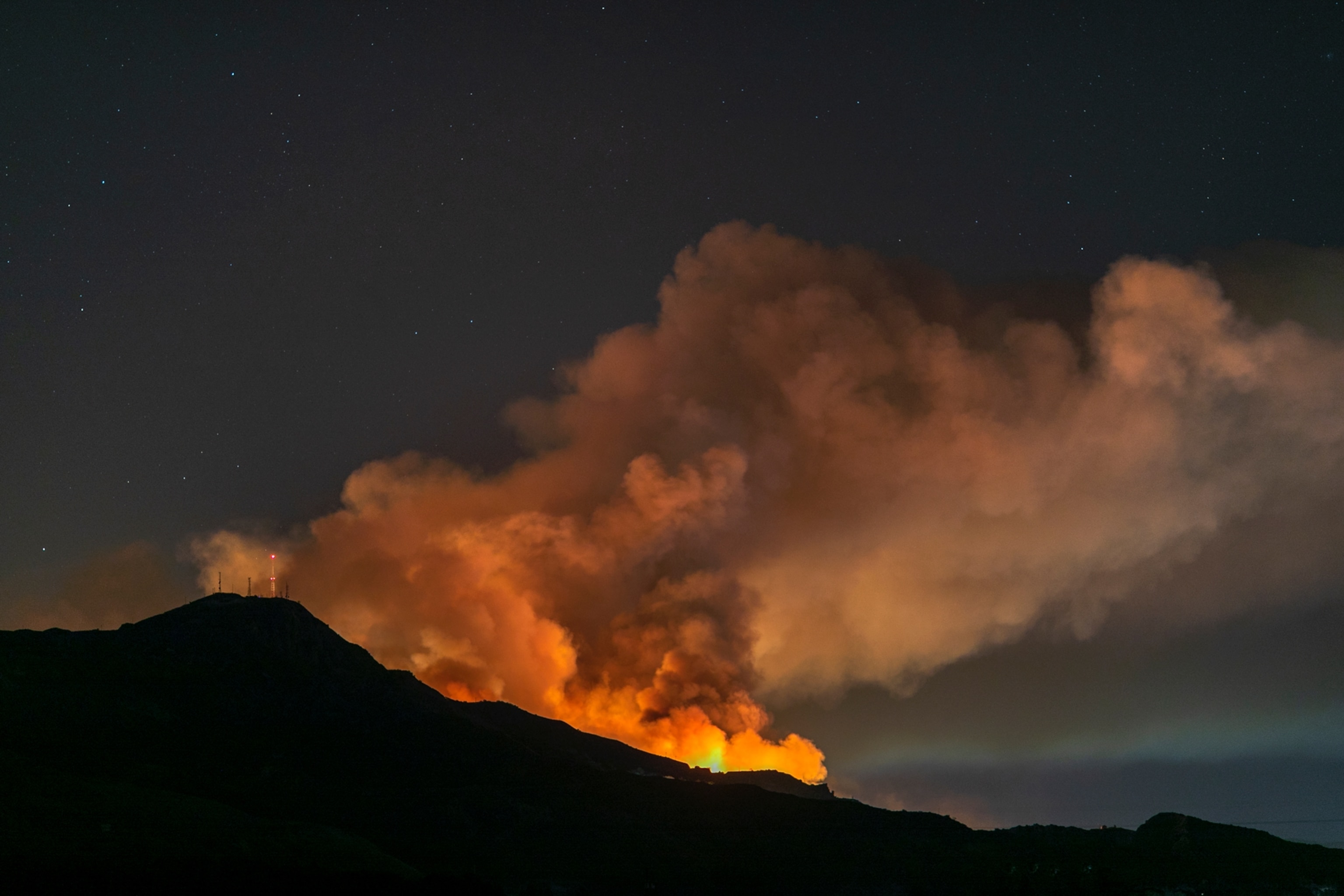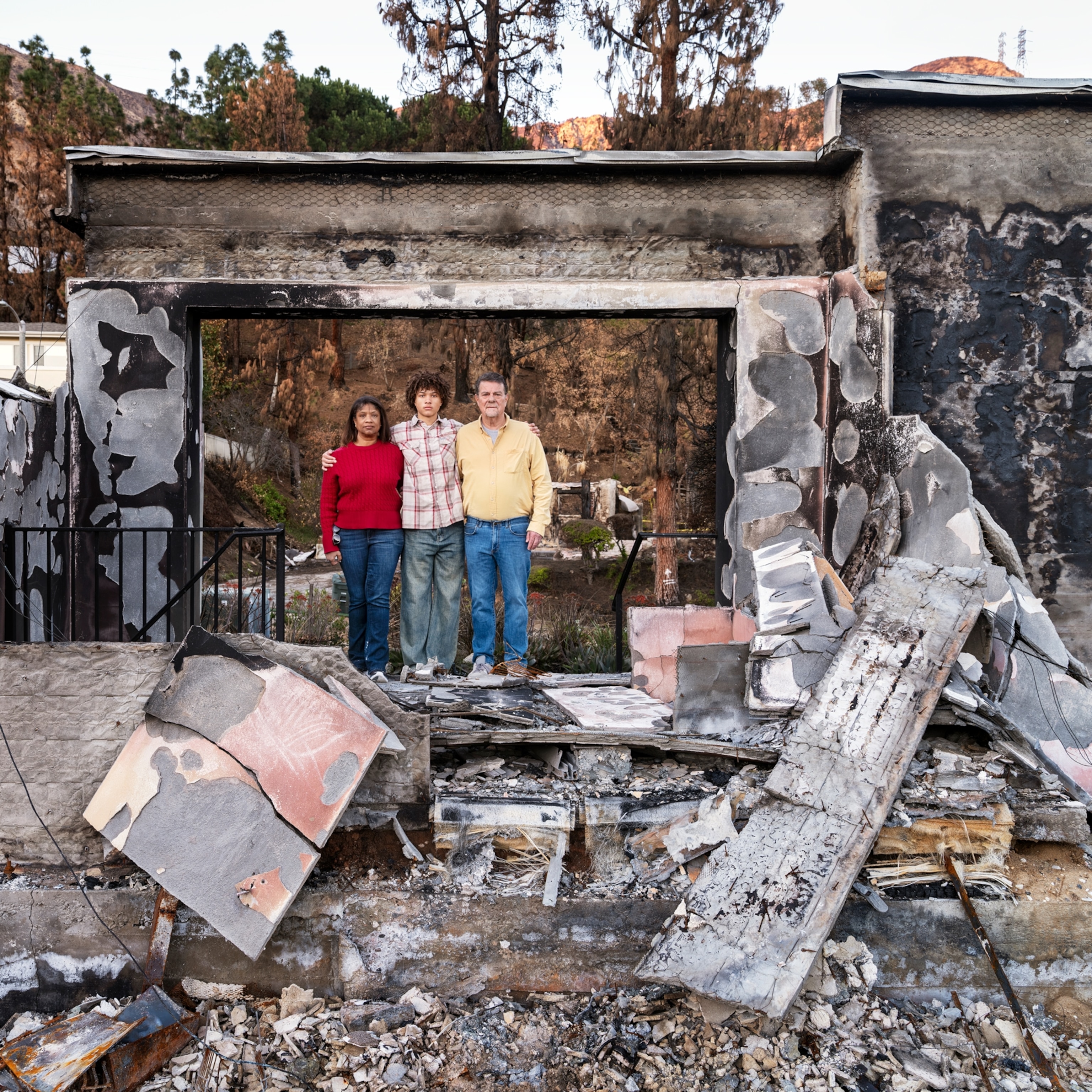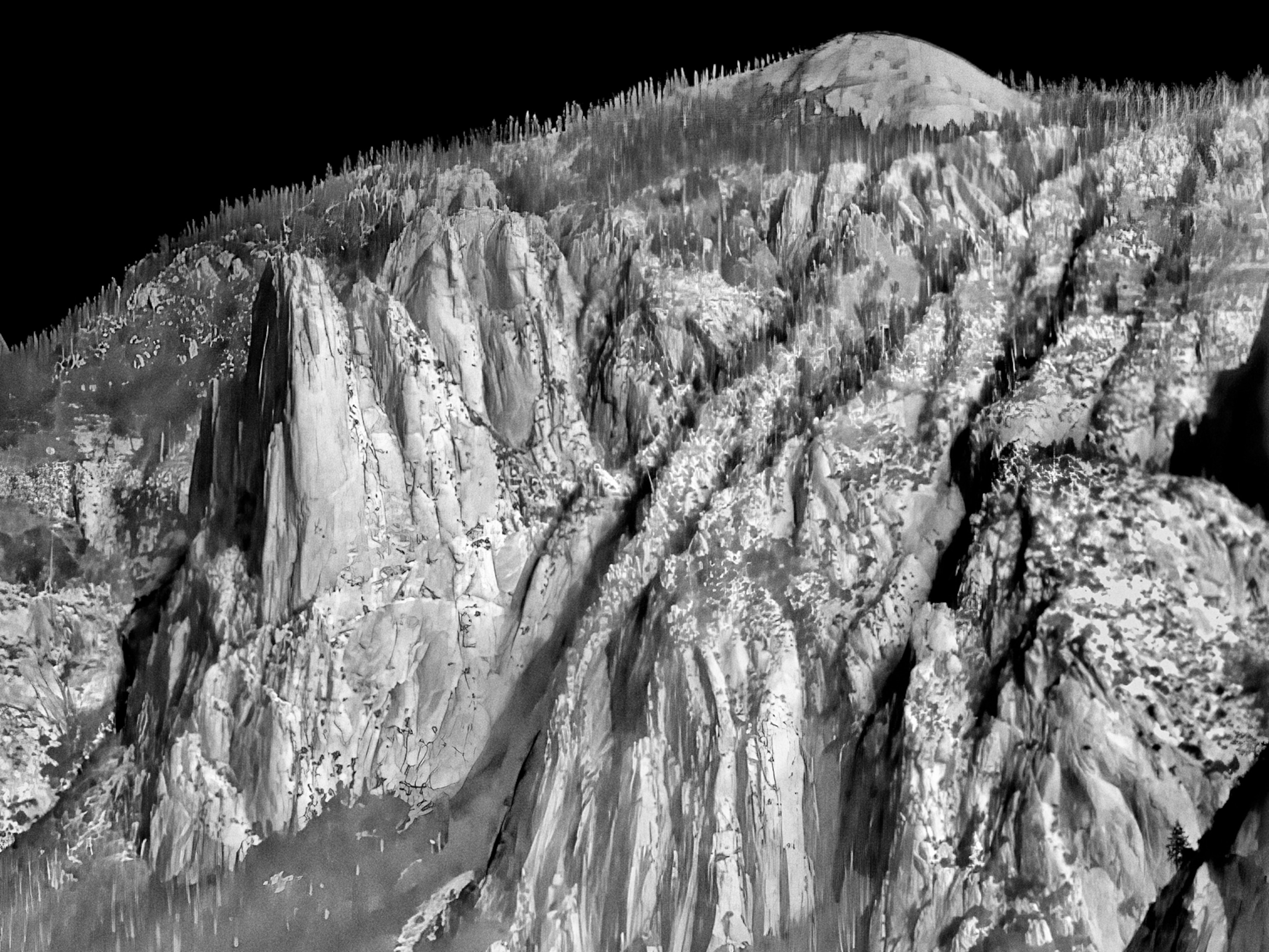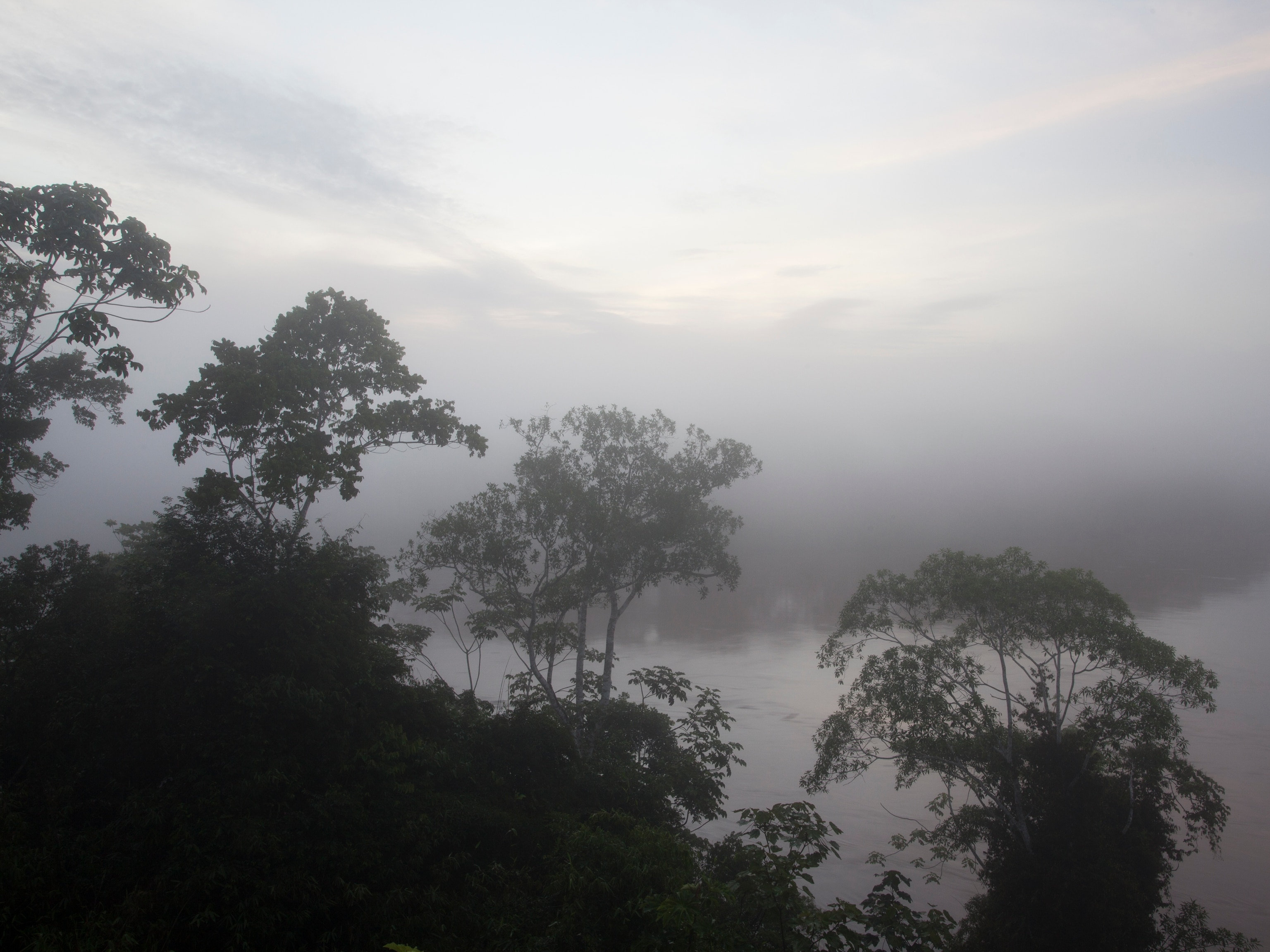California’s Santa Ana, Diablo, and other powerful offshore winds are back, ratcheting up the fire risk in a state that has been consumed by fire for weeks.
That’s not a surprise. These winds, which stream down from high-elevation deserts and mountains toward the coast, show up every fall; they’re part of the state’s normal seasonal weather cycle. But the appearance of the hot, dry, whipping winds is particularly concerning because they greatly increase wildfire risk in a state that has already seen more than 2.5 million acres burn this year, well above the long-term average.
The windy conditions are also exacerbating the spread of lung-damaging smoke coming from the fires. “Red-flag” warnings, which highlight extremely dangerous fire-related weather conditions such as high winds, are in effect from central Oregon to the southern tip of California.
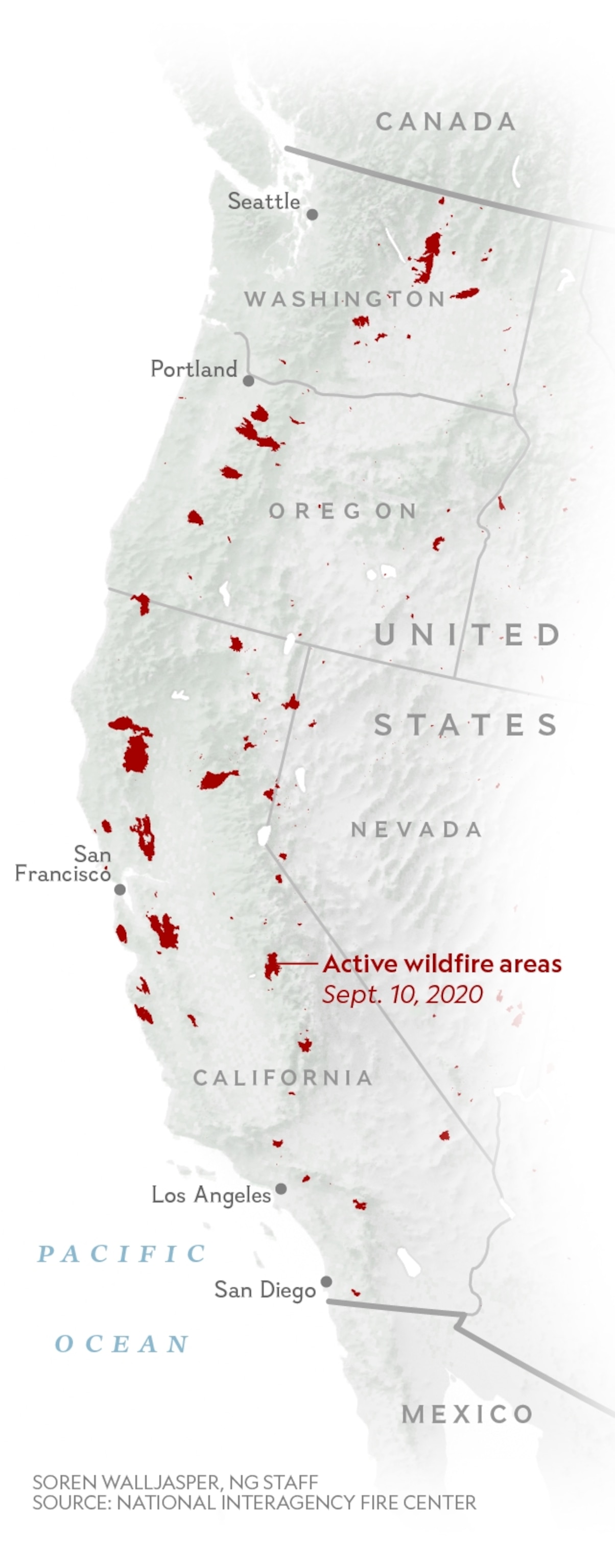
(See photos of the eerie orange ash-stained skies covering much of the West).
“These winds come every year,” says Crystal Kolden, a fire scientist at the University of California, Merced. “The question is: Are they going to come when it’s wet or when it’s dry?” This year, the answer is very, very hot and dry, the worst possible conditions for fire risk.
'Katabatic winds' are often associated with fire
The Santa Ana winds are often associated with a sense of pending disaster and deep unease. The California-born writer Joan Didion described the sense of disquiet that arose at their onset in a 1967 essay: “some unnatural stillness, some tension” builds up when the Santa Ana’s come, “a hot wind from the northeast whining down through the Cajon and San Gorgonio Passes, blowing up sandstorms out along Route 66, drying the hills and the nerves to flash point,” she wrote.
Nowadays, there is even more justification for such unease: The ripping winds can easily turn a small fire into a conflagration, and climate change is ramping up the size and intensity of California’s burns.
And “wind-driven fires are the ones most associated with catastrophic losses,” says Alexandra Syphard, a fire expert and ecologist at the Conservation Biology Institute, particularly because they tend to encroach more often on the densely populated areas of the state.
Between 1948 and 2017, a recent study found, 22 percent of Southern California’s fires started under Santa Ana-like wind conditions, but those fires were more destructive and extensive than fires that started in calmer conditions, responsible for nearly half of the total area burned in the region and 80 percent of the fire-related economic damage incurred between 1990 and 2009.
California has two fire seasons. The first occurs during the summer, when long, hot days suck the moisture out of vegetation and prime it for ignition. A spark from any source can set off a burn, and natural sparks—such as those from the lightning storms that swept across Northern California in early August—are more common in the summer. (Humans also cause plenty of ignitions). Because winds are generally light during the summer, burns are not as likely to travel, which in turn means firefighters have a better chance of containing them quickly.
The second fire season comes on summer’s heels. In the fall, the state experiences the onset of winds like the Santa Anas in the south or the Diablos in central and northern California.
These “katabatic” winds are born in the high deserts or mountains, beginning as a blob of cold air at high elevation. “Katabatic” comes from the Greek word for “descending,” describing the action of the air mass as it tumbles westward and downhill toward the lower air pressure zone nearer the coast. Because of the laws of atmospheric physics, the air mass heats up as it descends, warming by about 10 degrees Celsius for every kilometer of elevation it falls. By the time it approaches the coast, the winds are hot and dry and whip across a landscape already desiccated by months of summer heat.
The Santa Ana season starts in early autumn—right about now. On average, one wind event spins up each year in September, says Janin Guzman-Morales, a climate scientist at the Scripps Institution of Oceanography in San Diego, who has spent years studying the winds. They usually become more frequent and intense in October, peak by December or January, and then taper through the early spring. In any given year, recent research led by Guzman-Moreno suggests, Southern Californians can expect about 32 Santa Ana events, each lasting a few days.
The winds are particularly dangerous in fall, when vegetation has been parched by the summer heat. Until the winter rains kick in and dampen fire-prone vegetation, any spark can quickly grow into a major fire. Fast winds can start fires by knocking down power lines. They can also escalate a small ignition, feeding fresh oxygen into the burns and spreading embers up to a mile.
This year has already been extraordinarily fiery
By the end of August, some 2 million acres had burned across the state, compared to the average 308,000 acres burned by that time in the previous five years. Eight people had died and thousands of structures had been destroyed. But the one small mercy was that winds had been relatively light—normal for the summer season.
Now that season is coming to a close. The winds are here, and the consequences could be huge.
“This summer’s wildfires are actually merging with the fall season ones,” says Guzman-Morales. Such overlap is not unheard of, but it’s unusual, though likely to become more frequent as climate change prolongs summer-type heat and dryness deep into the fall wind season.
Because there are already thousands of acres of fires burning across the entire West, increased winds—whether Santa Anas, Diablos, or other versions of katabatic winds—mean the fires burning now could spread much more quickly.
“We have an ignition-soaked landscape right now, so when the winds come, it’s almost guaranteed that the fires will spread,” says Max Moritz, a fire scientist based at the University of California, Santa Barbara.
A more fire-filled future, courtesy of climate change
Unsurprisingly, climate change is likely to intensify the fall fire season.
A recent study found that the number of autumn days with extreme fire weather has more than doubled since the 1980s, as climate change has shifted historical patterns of precipitation and created longer, dryer summers. And, as the number of high-risk fire weather days increased, so has the total area burned.
How the katabatic winds will change in a hotter future is still not clear. Guzman-Morales’ research suggests that Santa Ana activity may decline by about 20 percent by the middle of the century—and even more during the fall, decreasing the likelihood of extreme wind-driven fire spread. That would be a rare spot of good news for the state.
Other studies, though, find that the intensity of the winds may increase. In conjunction with other factors, the total area burned by Santa Ana-related fires is projected to increase by more than 60 percent by the middle of the century, says Yufang Jin, a scientist at the University of California, Davis.
Climate scientists predict that the fire season is likely to push deeper into late fall and early winter. Already, the timing of those crucial winter rains has shifted later, stretching out the long, risky autumn season. Precipitation is predicted to get more extreme in coming decades: rain events will be rainier and droughts drier, and the annual summer dry season will likely become longer.
“Even if the winds do nothing but stay the exact same, that’s a recipe for future fire disasters,” says Kolden.
Bigger swings between wet and dry also influences the amount of burnable vegetation, says Alex Hall, a climate scientist at UCLA. More rain in some years means more plant growth, and when that vegetation dries out later, it can provide extra fuel for fires.
This already devastating season is in many ways a preview of the future, says Moritz.
“What we’re seeing here is a harbinger of what climate change could bring at us—a rash of summertime lightning fires with devastating heat waves that together lead us to a record-breaking and terrifying situation,” he says.
